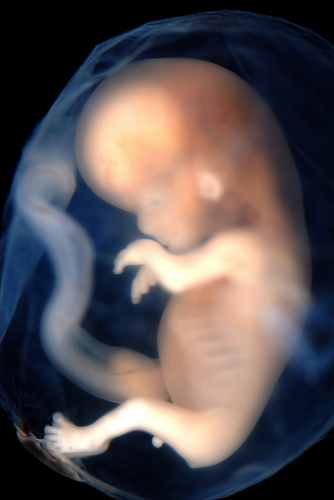The Uterus
The uterus is a pear shaped and sized organ consisting of three main layers. The inner layer known as the endometrium is the layer which is integral to implantation and the one we shall concern ourselves with. It contains tubular glands, ciliary cells and secretory cells (which secrete glycogen for the developing embryo). The thickness of the endometrium is in a continual state of fluctuation during the menstrual cycle and consists of two layers – the functional layer and the basal layer. It is the functional layer which is shed each month in a woman of child-bearing age and it is this layer into which an embryo implants.
The endometrium is under influence of the hormone progesterone, which maintains it and also initiates the secretory stage (this is the stage when glycogen and other nutrients are released, and the embryo can attach to the endometrium). If implantation does not occur the progesterone levels fall, resulting in the shedding of the lining i.e. menstruation. However if it does occur, certain chemical reactions result in the maintenance of the lining in order to continually provide for the developing baby.


